What Is Leucostoma Canker – How To Treat Canker On Fruit Trees In The Garden
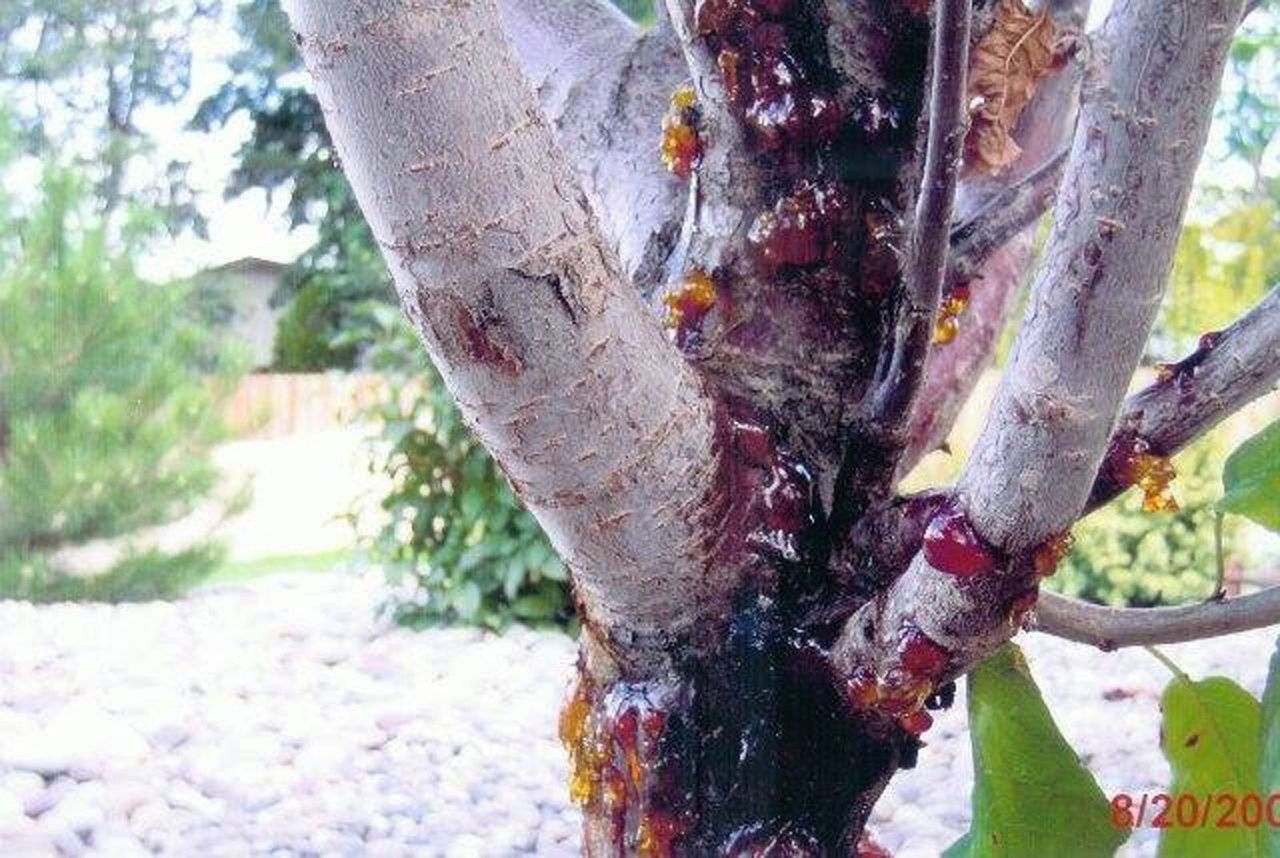

Leucostoma canker is a destructive fungal disease that affects fruits such as:
Leucostoma canker of stone fruits can be deadly to young trees and significantly decreases health and productivity of older trees, with a slow decline that often results in the demise of the tree. The disease also affects several types of hardwood trees, including willow and aspen.
What is Leucostoma Canker?
Leucostoma canker affects the bark through various types of injuries, including winter damage, dead branches, and improper pruning. Insects, such as peach tree borer, can also create wounds that are susceptible to infection. The first sign of infection is a sunken, black or brownish-yellow appearance and a gummy substance that oozes through the damaged spot in spring. Affected trees grow a ring-shaped callus around the damaged spot during summer, but the disease soon infects the tissues around the callus. Eventually, the damaged spot looks like rings around rings.
Leucostoma Canker Treatment
Many people want to know how to treat canker on fruit trees. Unfortunately, there are no effective chemical controls and fungicides for treating Leucostoma canker. There are, however, a number of steps you can take to keep your trees healthy. Prune cankers after petals fall from the tree, as wounds heal more rapidly during this time. Make each cut at least 4 inches (10 cm.) below the edge of the canker. Although it takes time, careful pruning is the best way of treating Leucostoma canker. Rake up infected debris and dispose of it carefully. Never prune stone fruit trees in fall or early winter. Remove dead or dying trees to prevent spread of the disease. Avoid fertilization in fall, as new, tender growth is more susceptible to infection. Instead, feed fruit trees in late winter or early spring. Control pests, such as peach tree borer and oriental fruit moth, since their damage can provide an entryway for infection. Keep your trees healthy by proper watering and fertilization. Ensure soil is well drained. Unhealthy or stressed trees are more susceptible to Leucostoma canker.
Gardening tips, videos, info and more delivered right to your inbox!
Sign up for the Gardening Know How newsletter today and receive a free copy of our e-book "How to Grow Delicious Tomatoes".

A Credentialed Garden Writer, Mary H. Dyer was with Gardening Know How in the very beginning, publishing articles as early as 2007.
-
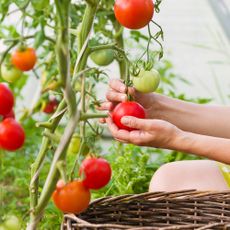 Best Indeterminate Tomatoes: Flavor-Packed Varieties For Fresh Harvests All Summer Long
Best Indeterminate Tomatoes: Flavor-Packed Varieties For Fresh Harvests All Summer LongIndeterminate tomatoes are vining varieties that fruit all season. Discover their distinctive features and how to choose the best type to grow in your garden.
By Bonnie L. Grant
-
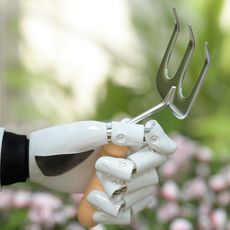 The Dangers Of AI For Gardening – How To Know What’s Real When It Comes To Your Garden
The Dangers Of AI For Gardening – How To Know What’s Real When It Comes To Your GardenThings aren’t always what they seem when it comes to using AI for gardening. Be discerning when relying on AI for accuracy, and take the time to do research.
By Teo Spengler
-
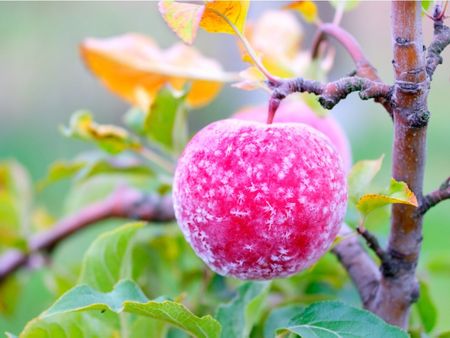 How To Protect Fruit Trees From Frost And Freeze
How To Protect Fruit Trees From Frost And FreezeChoosing fruit trees appropriate for your growing zone is best, but you still may need to protect them from extreme cold. Read how.
By Bonnie L. Grant
-
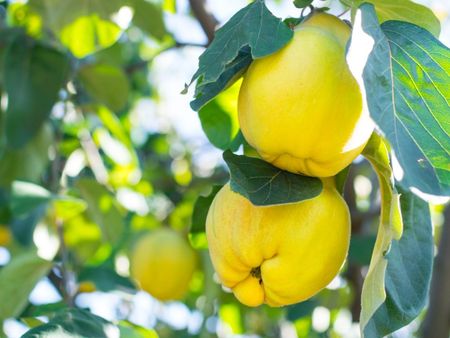 Best Plants For Late Summer and Fall Fruit Harvest
Best Plants For Late Summer and Fall Fruit HarvestEven if you don’t have the optimal conditions for more common fruit trees, there are other end of summer fruits to enjoy.
By Teo Spengler
-
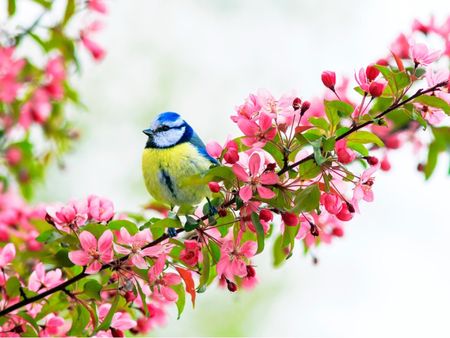 Best Native Fruit Trees To Support Wildlife
Best Native Fruit Trees To Support WildlifeIf you want trees that will attract and feed wildlife, learn the best kinds of edible fruit and nut trees to plant for inviting specific creatures.
By Teo Spengler
-
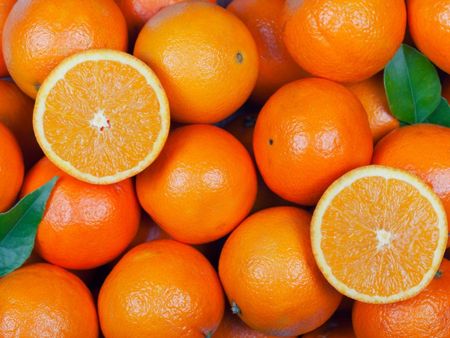 Orange Fruit Varieties: Growing Fruits That Are Orange
Orange Fruit Varieties: Growing Fruits That Are OrangeOrange colored fruit isn’t limited to the citrus orange. There are plenty of other orange colored fruit varieties, each packing a healthful punch. Read on for more.
By Amy Grant
-
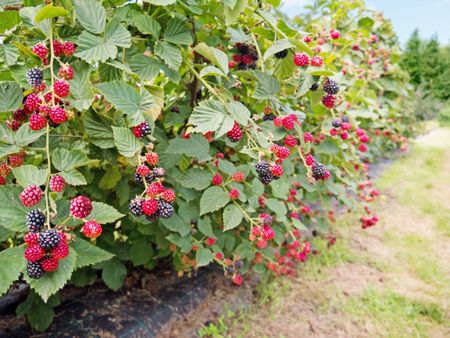 Everbearing Plants: Learn About Everbearing Varieties Of Fruit
Everbearing Plants: Learn About Everbearing Varieties Of FruitWhat does everbearing mean? And more importantly, how do everbearing varieties differ from non-everbearing types? Read on for more.
By Laura Miller
-
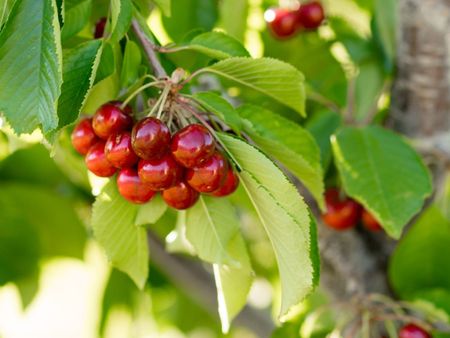 Plant A Red Fruit Garden: Growing Fruits With Red Flesh
Plant A Red Fruit Garden: Growing Fruits With Red FleshPlanting a red fruit garden may seem a bit whimsical. That is, until you realize the health benefits of consuming fruits with red flesh.
By Laura Miller
-
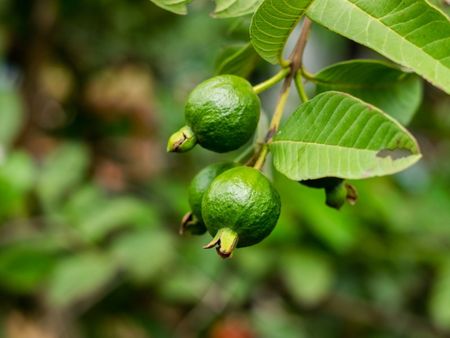 Heat Tolerant Fruits - Growing Fruit In Hot Weather
Heat Tolerant Fruits - Growing Fruit In Hot WeatherSome fruit grows in extreme heat naturally. But there are also specially cultivated, heat-tolerant varieties. For more information on heat tolerant fruits, read on.
By Teo Spengler
-
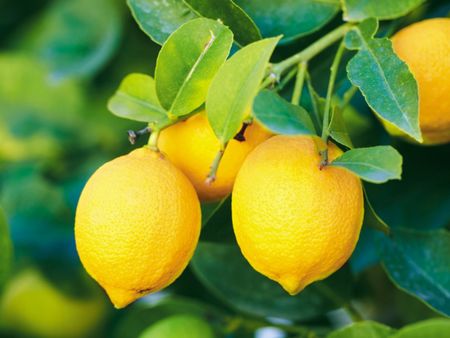 Yellow Fruit Varieties - Growing Fruit That Is Yellow
Yellow Fruit Varieties - Growing Fruit That Is YellowWhat fruit is yellow? There's more than the bananas at the supermarket. Try growing yellow fruit for a consistent supply of sunny food.
By Bonnie L. Grant